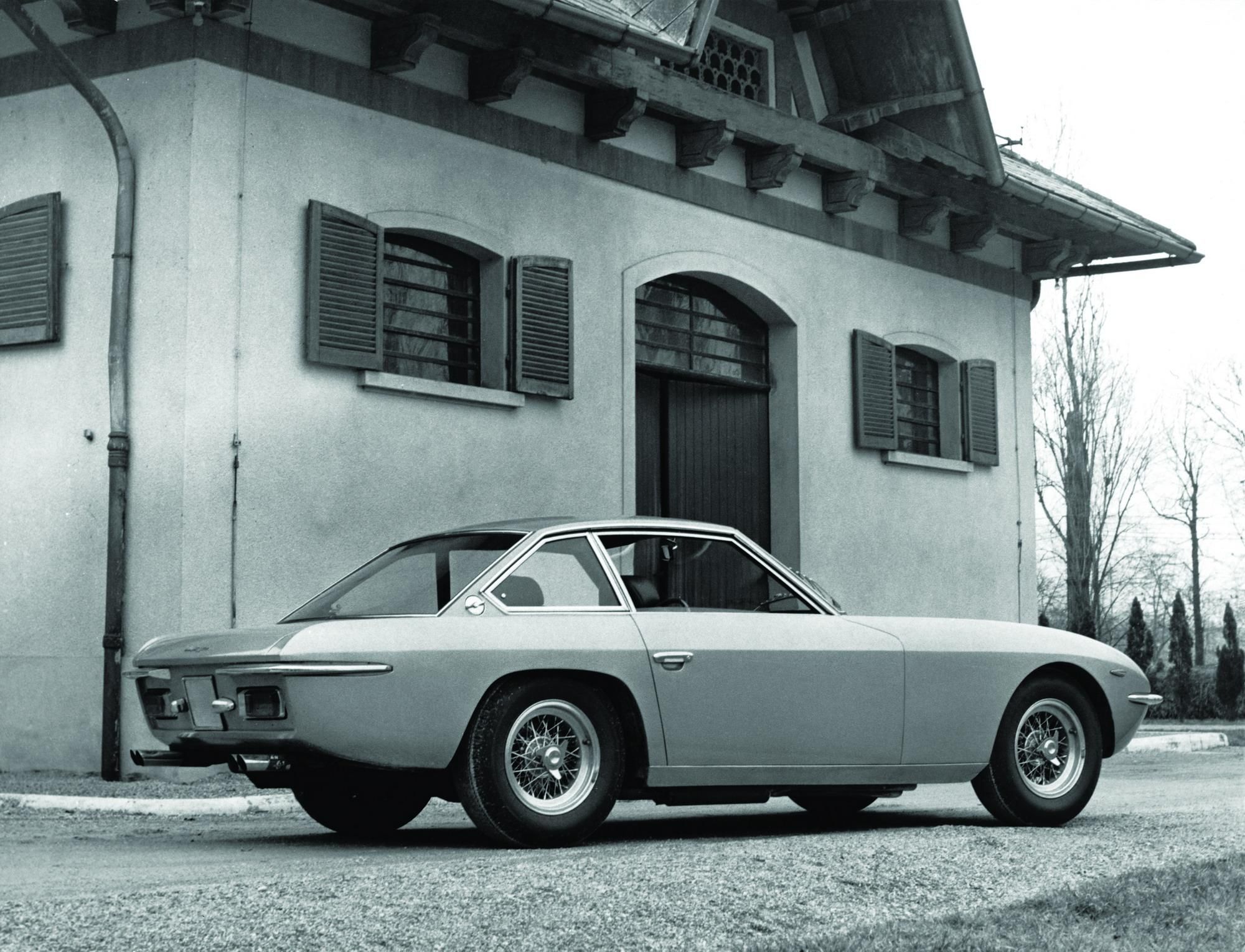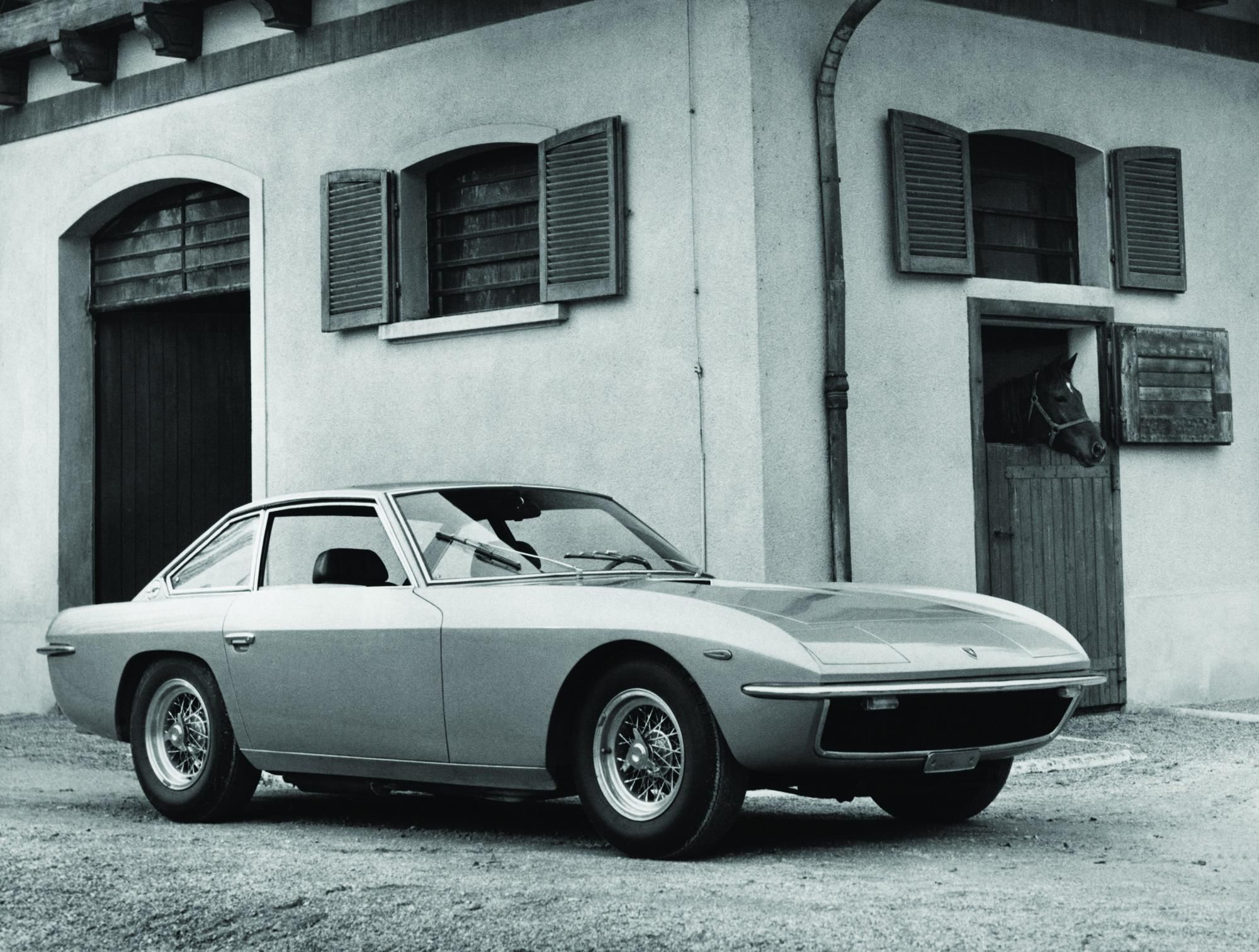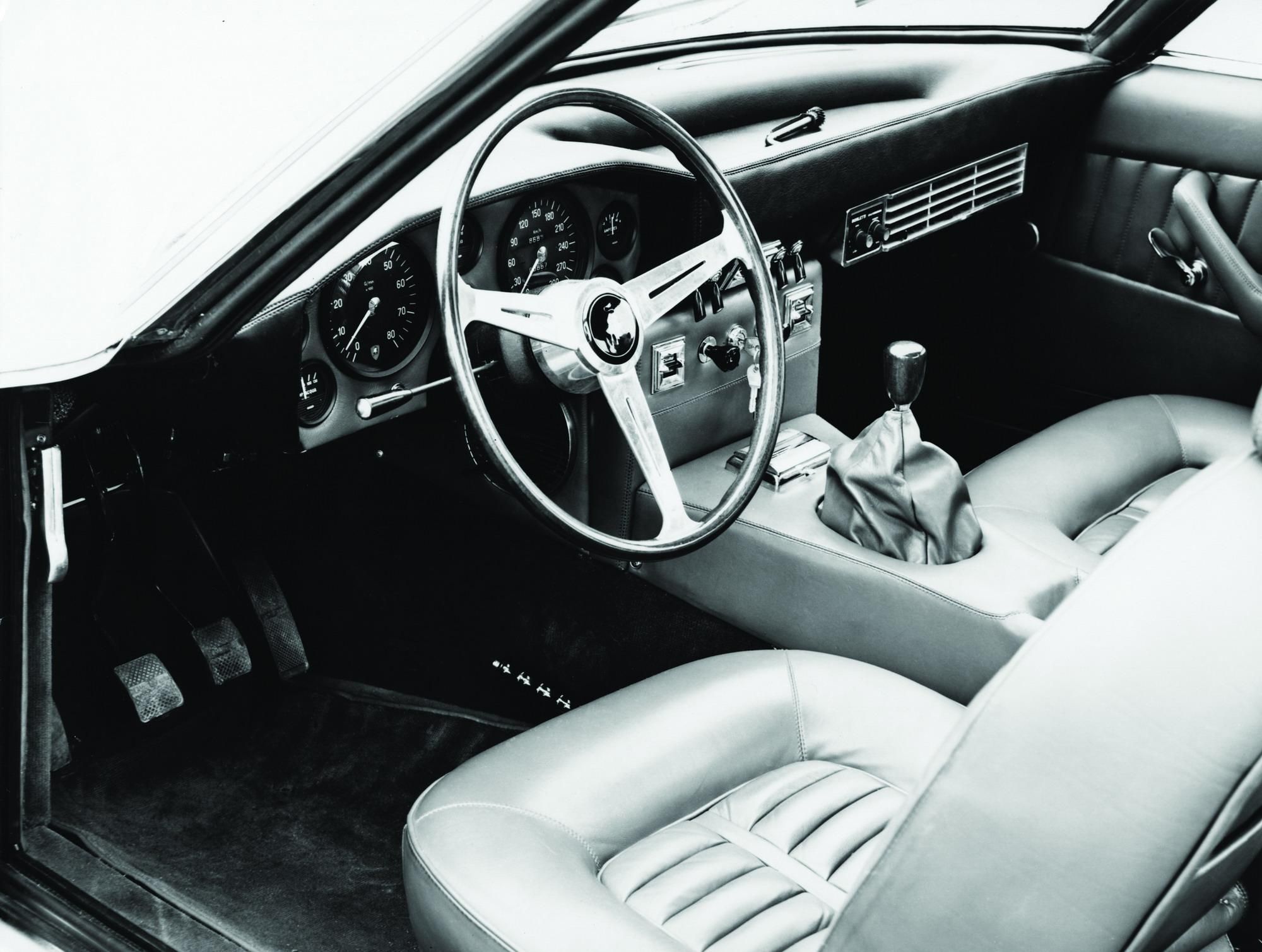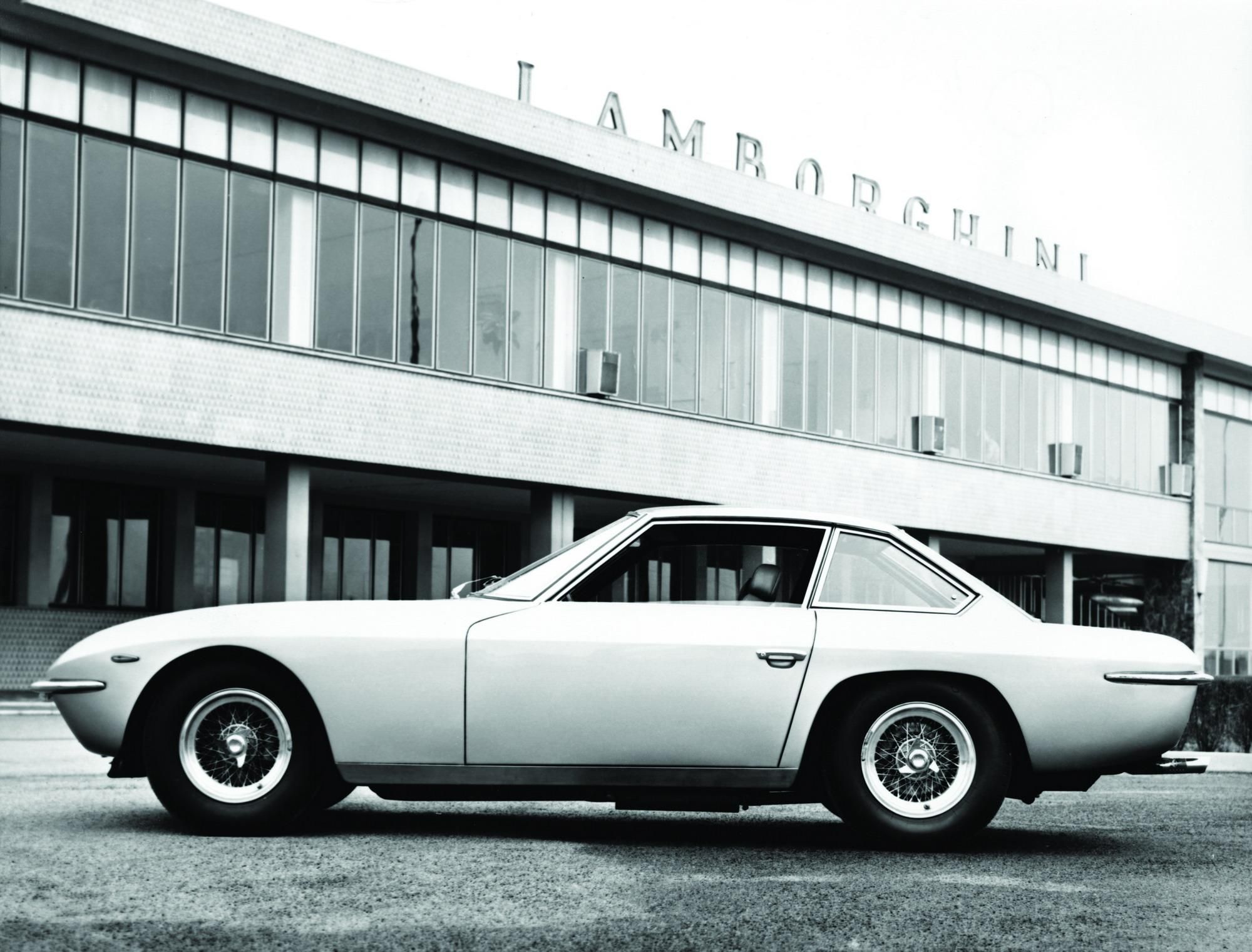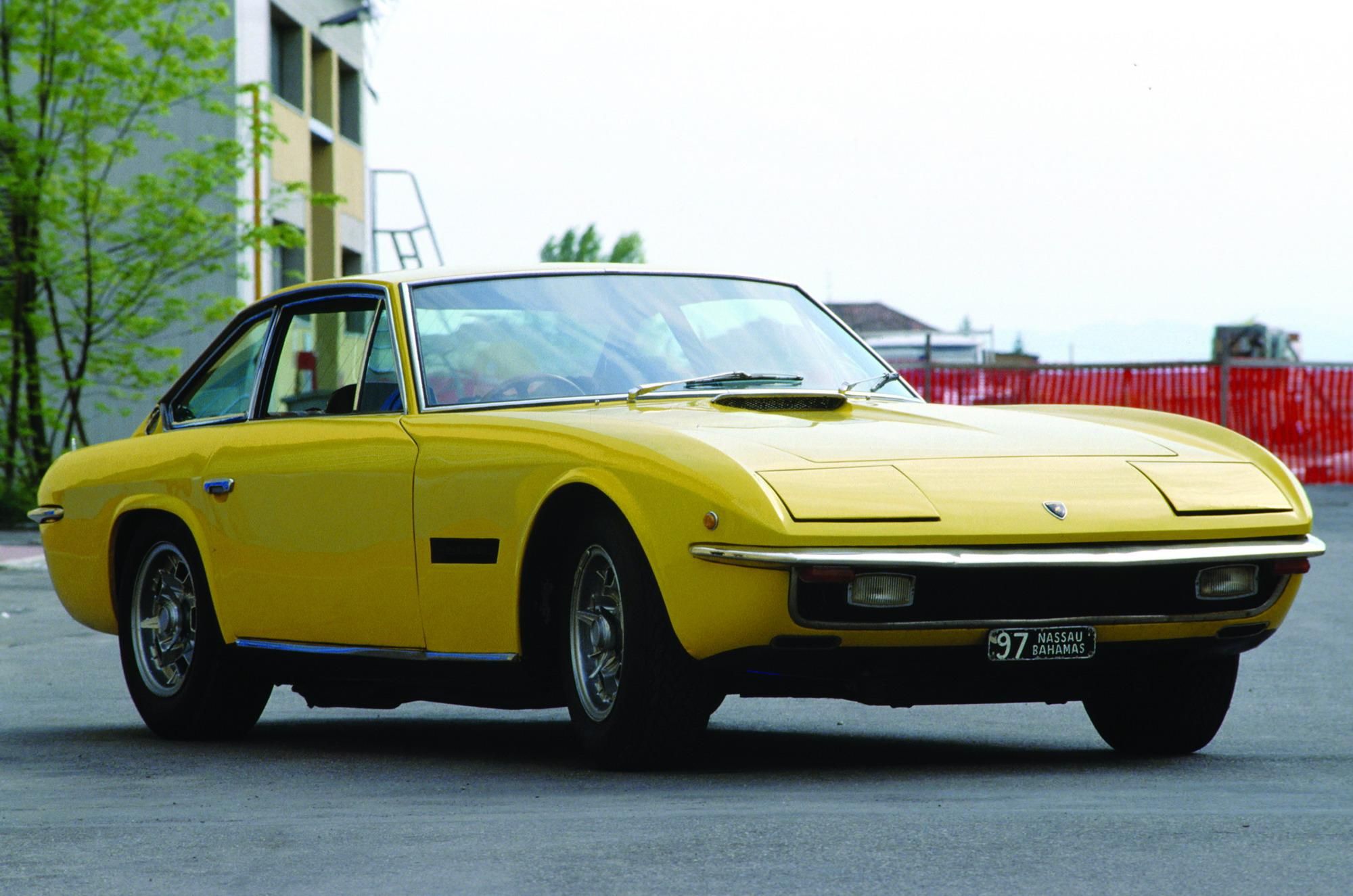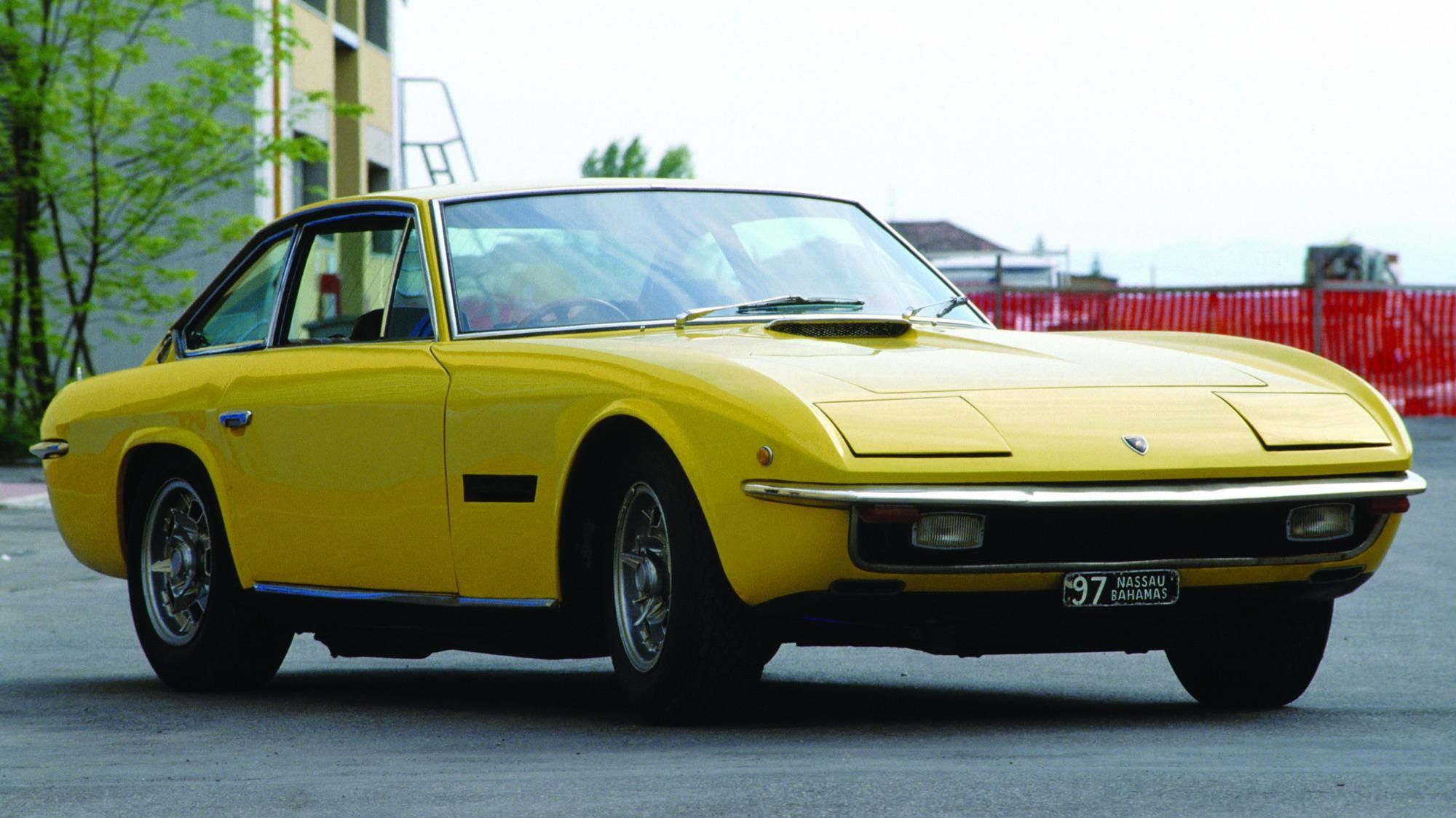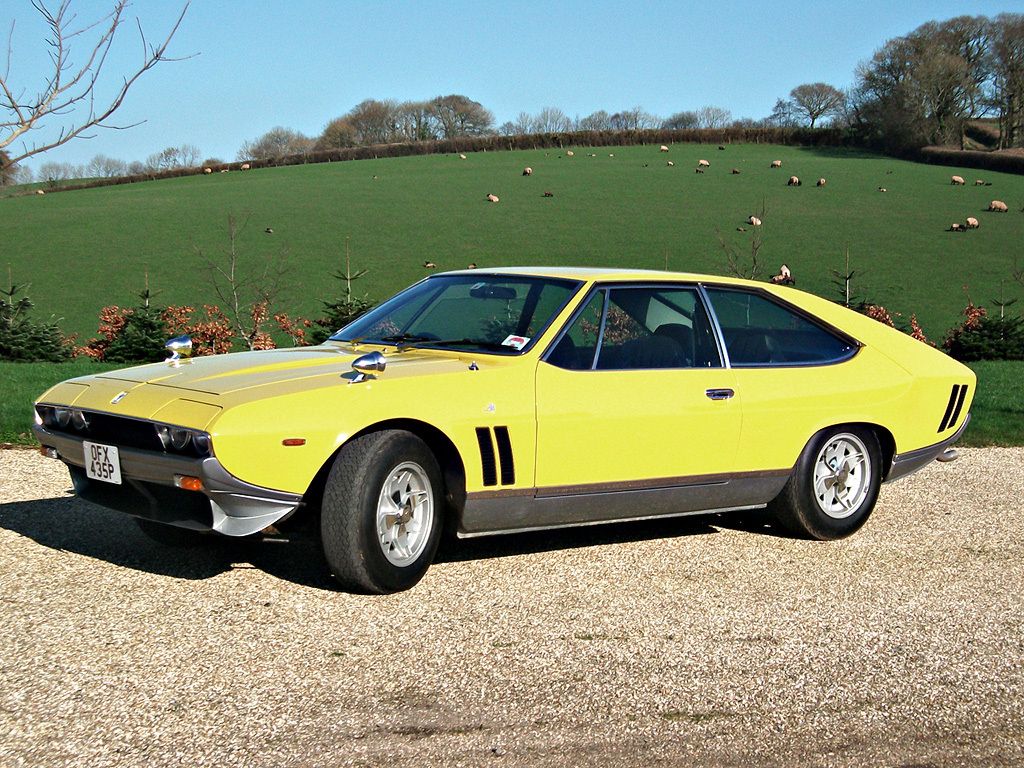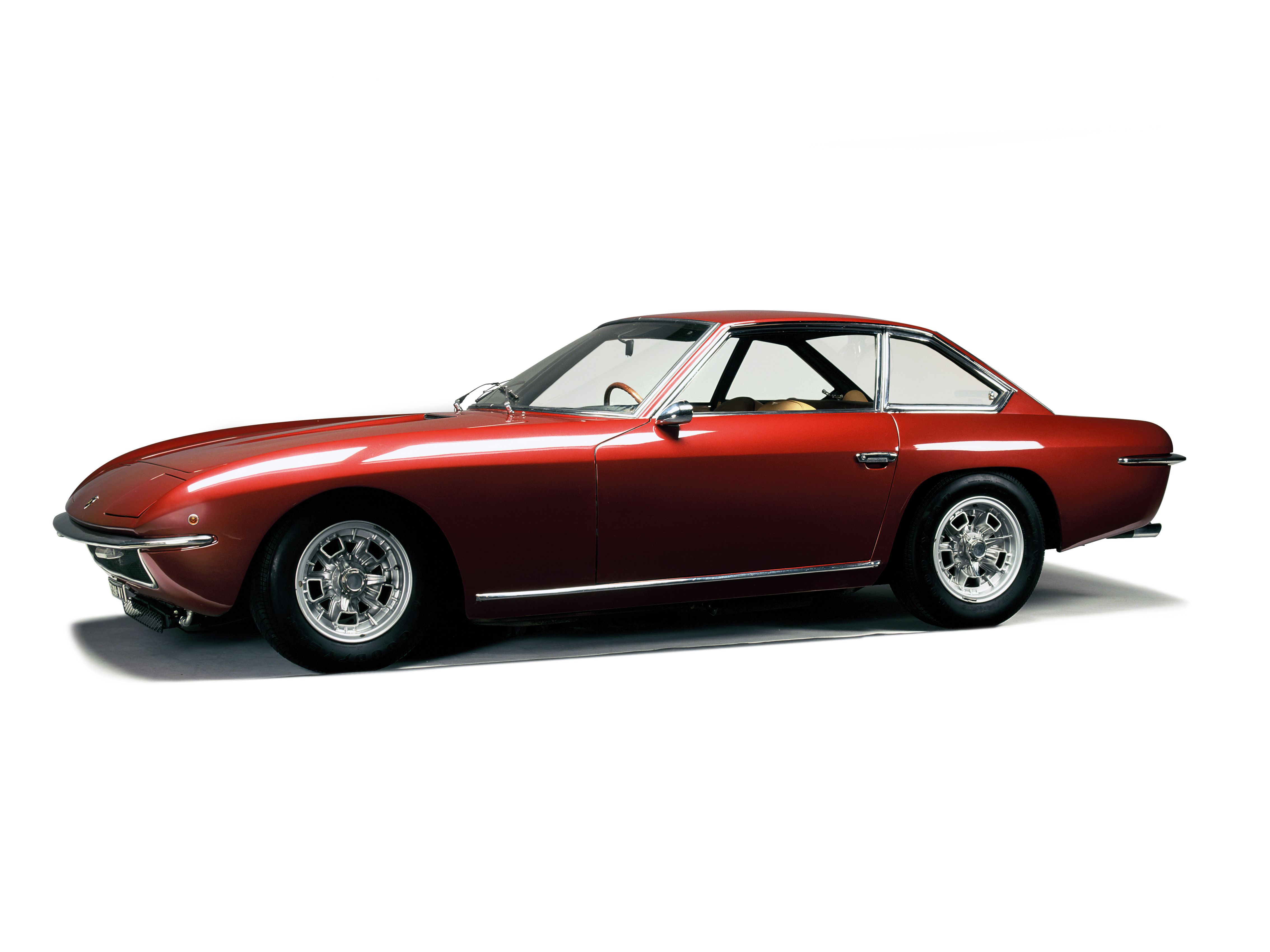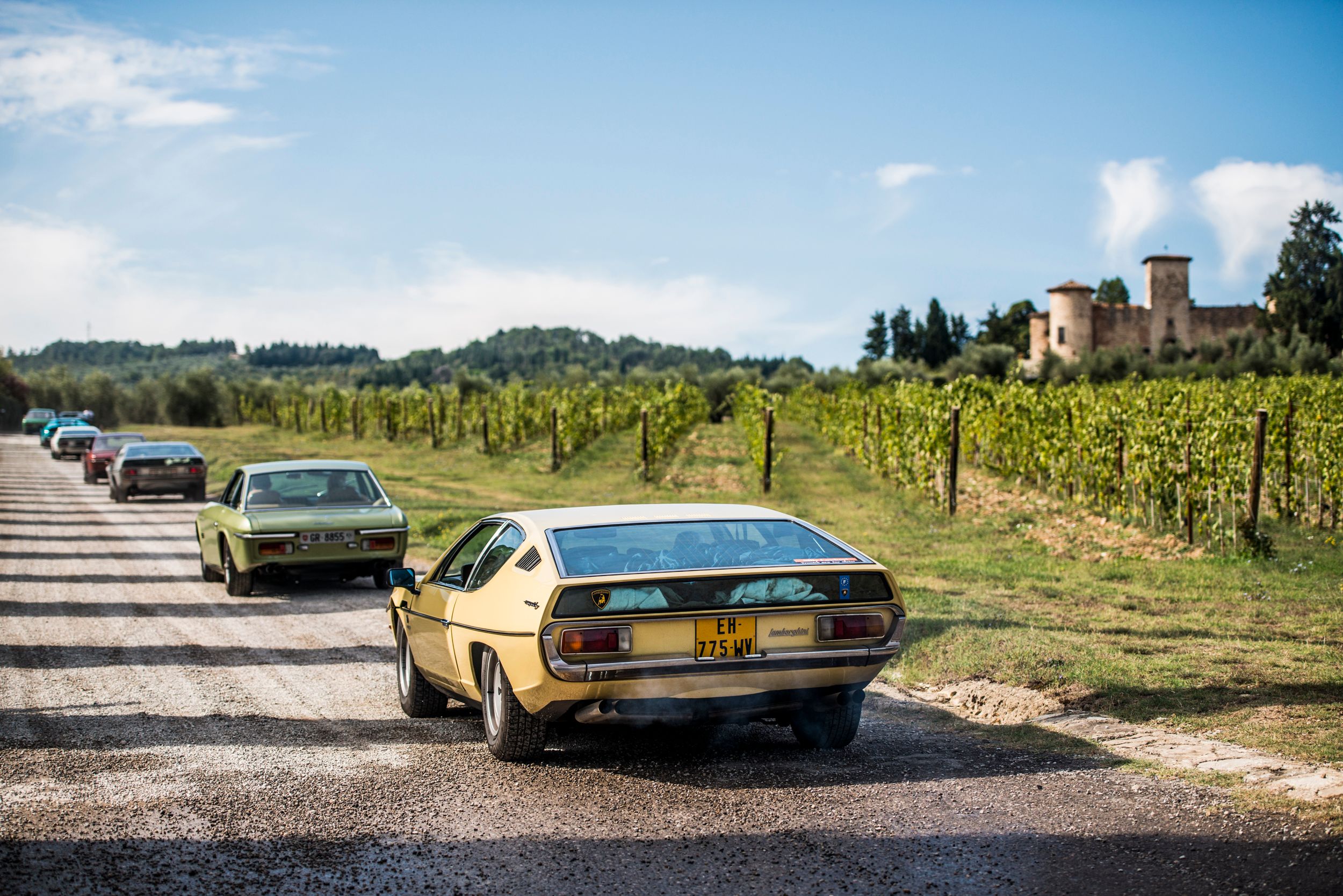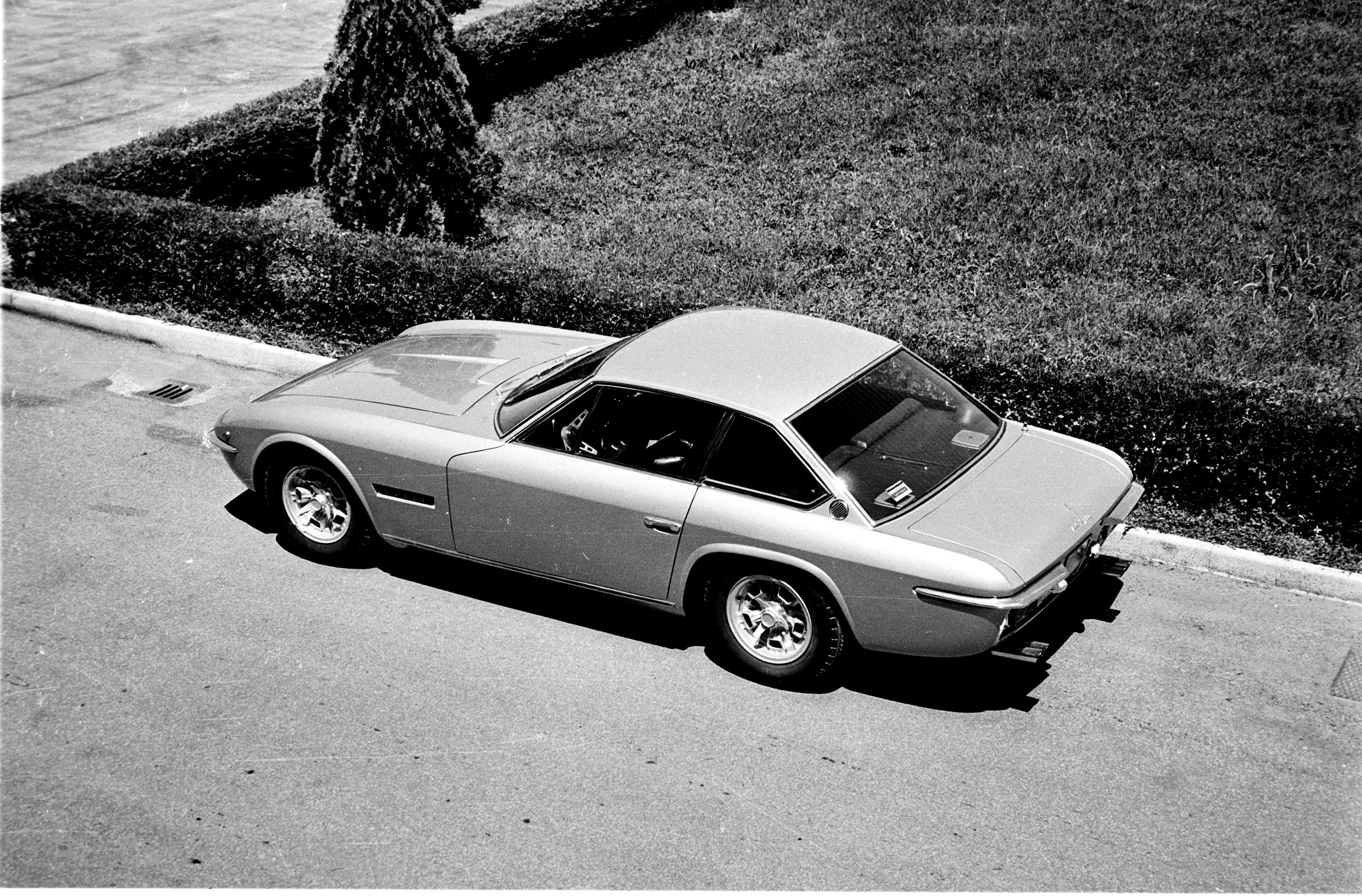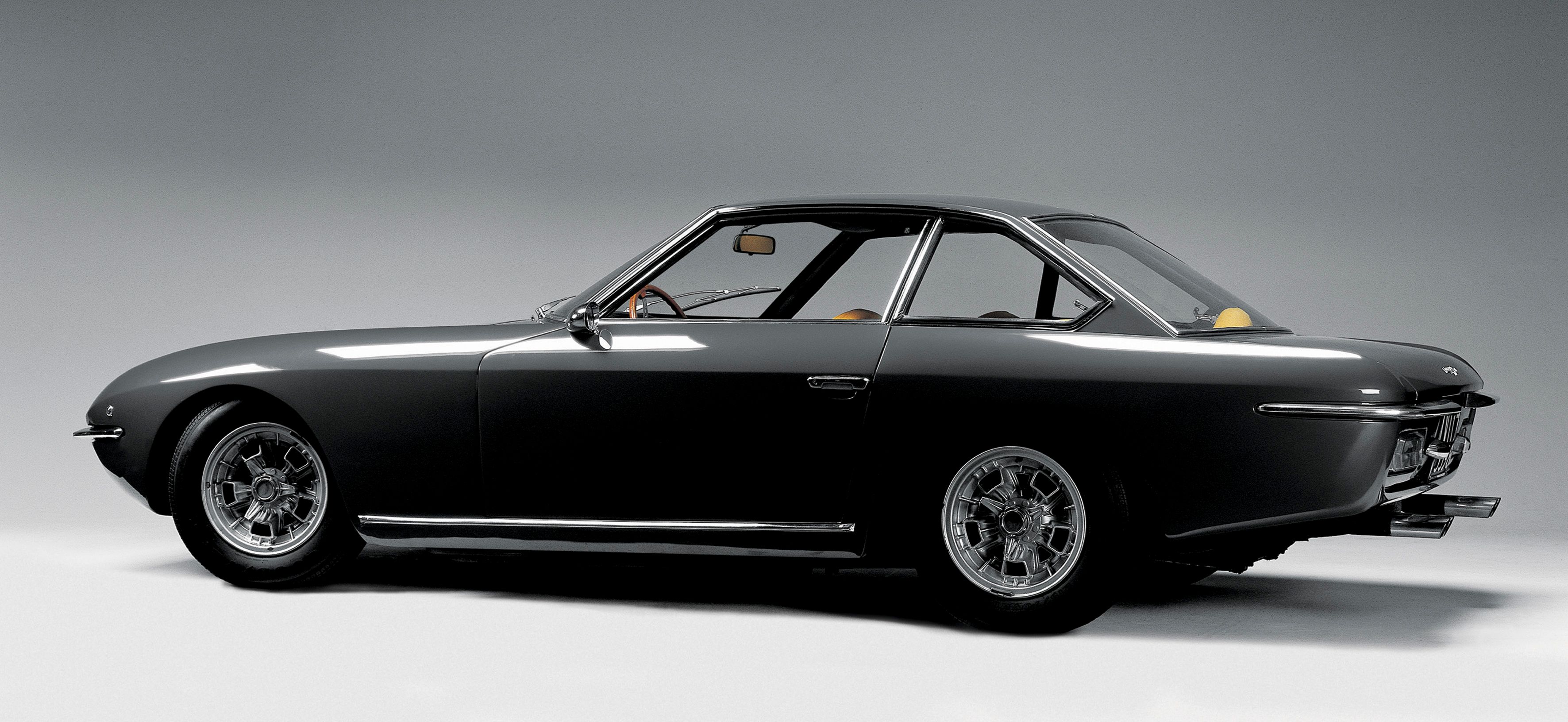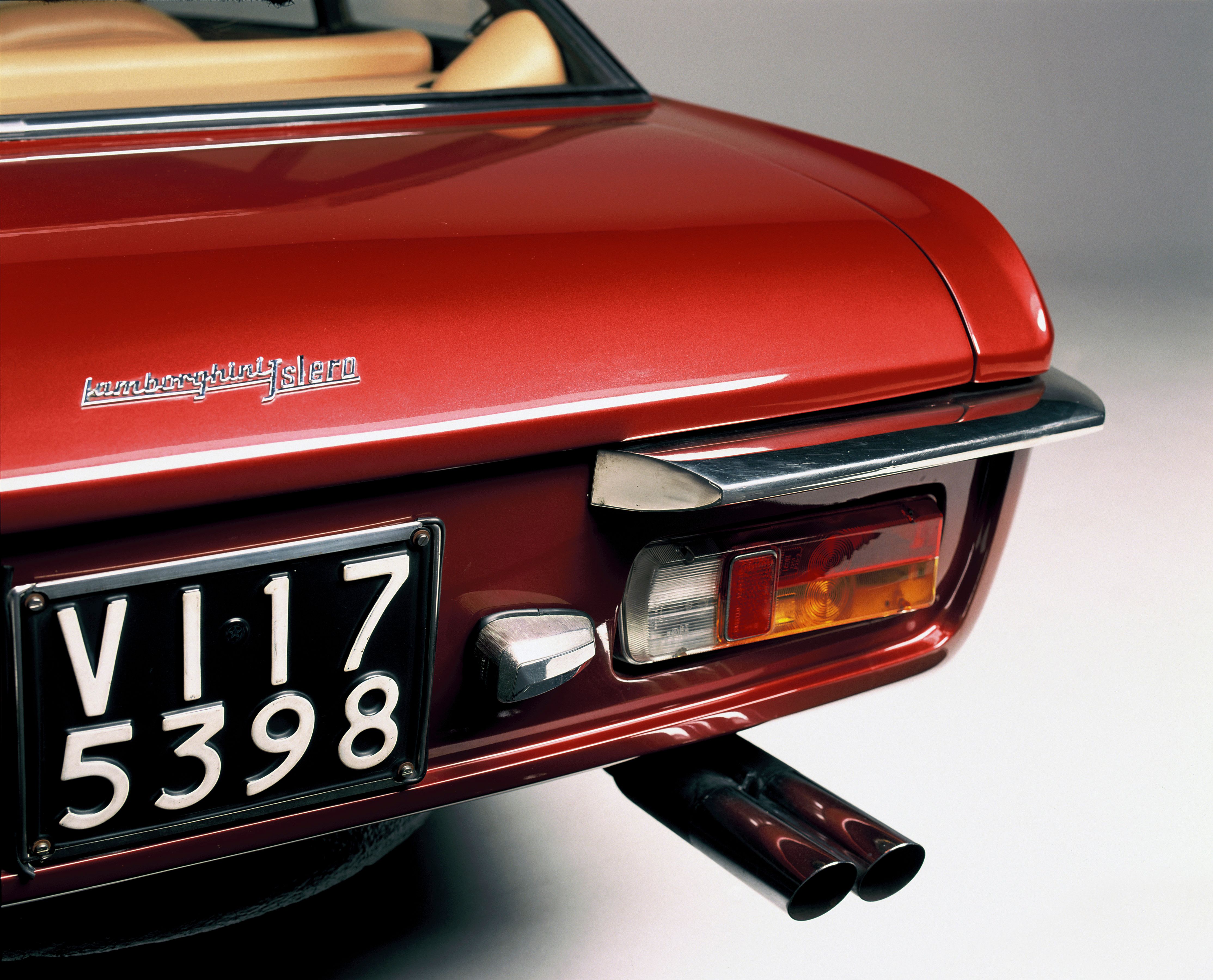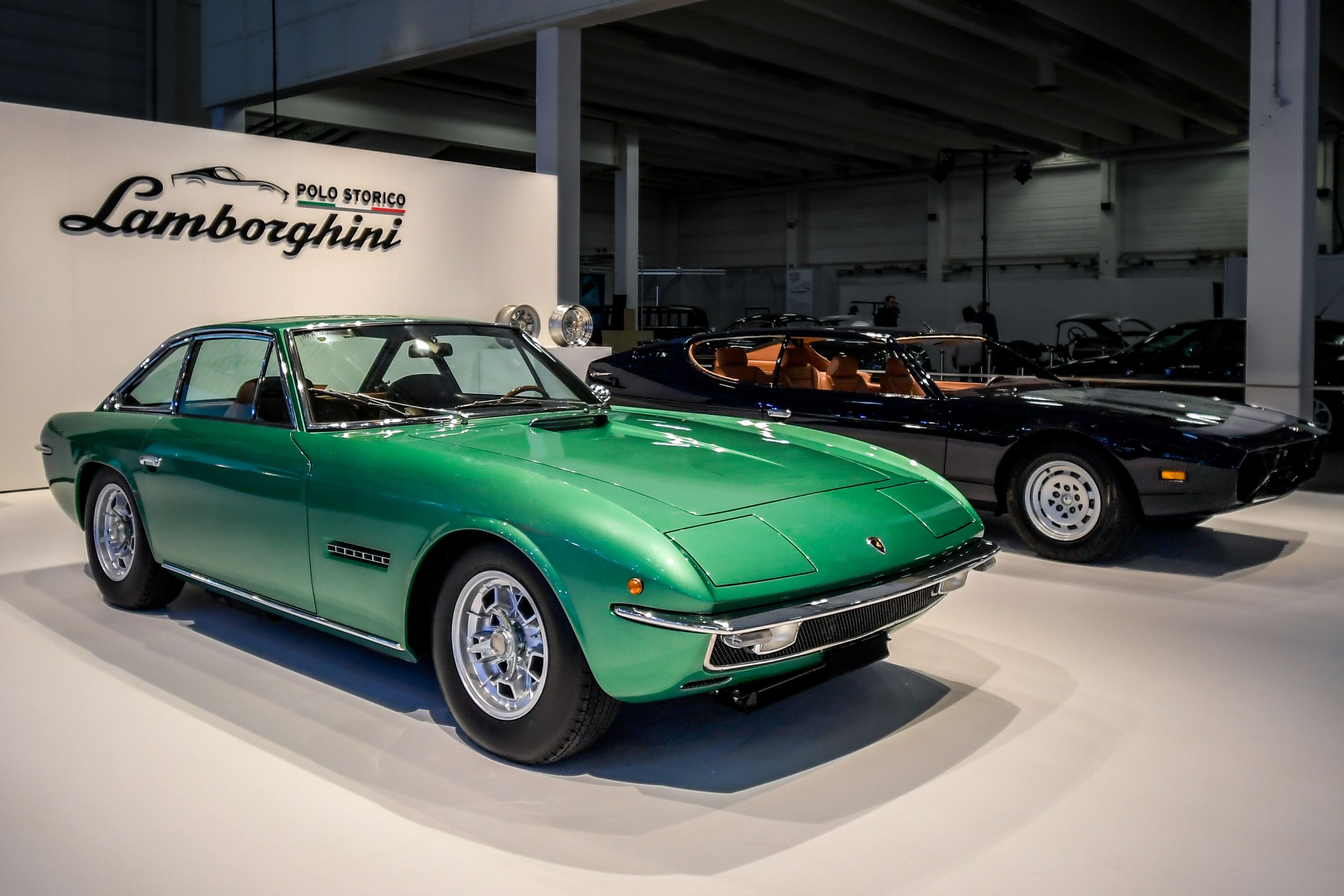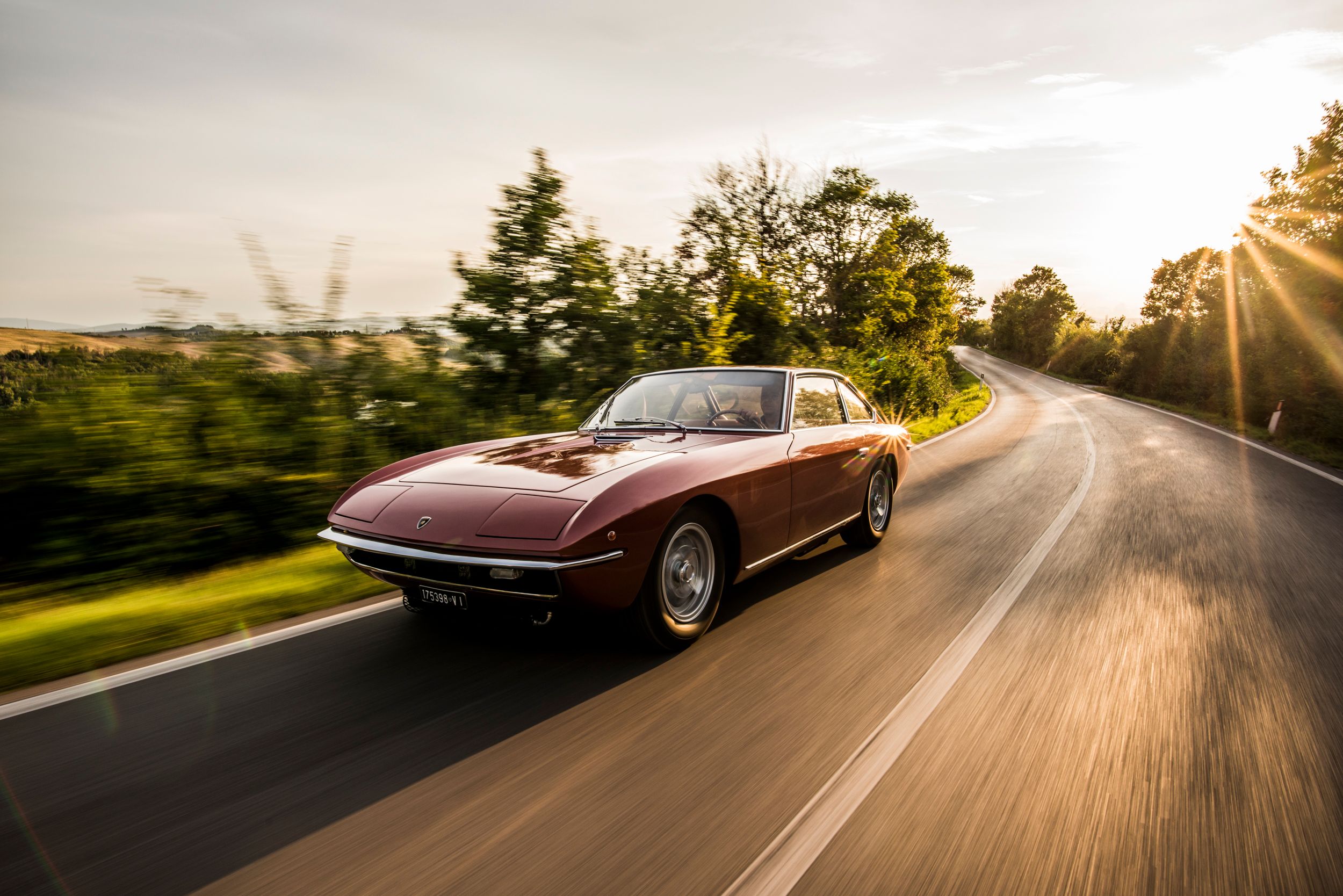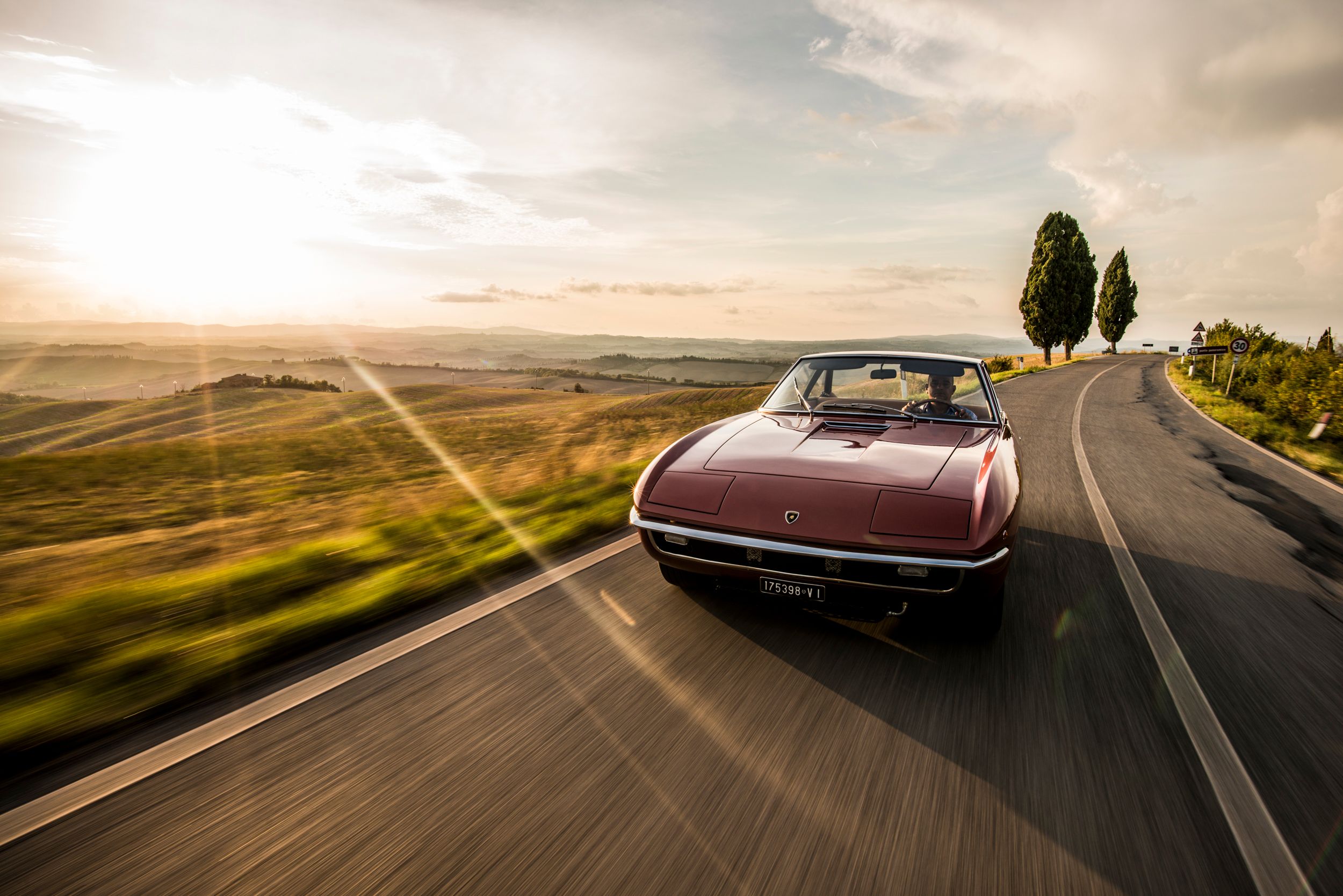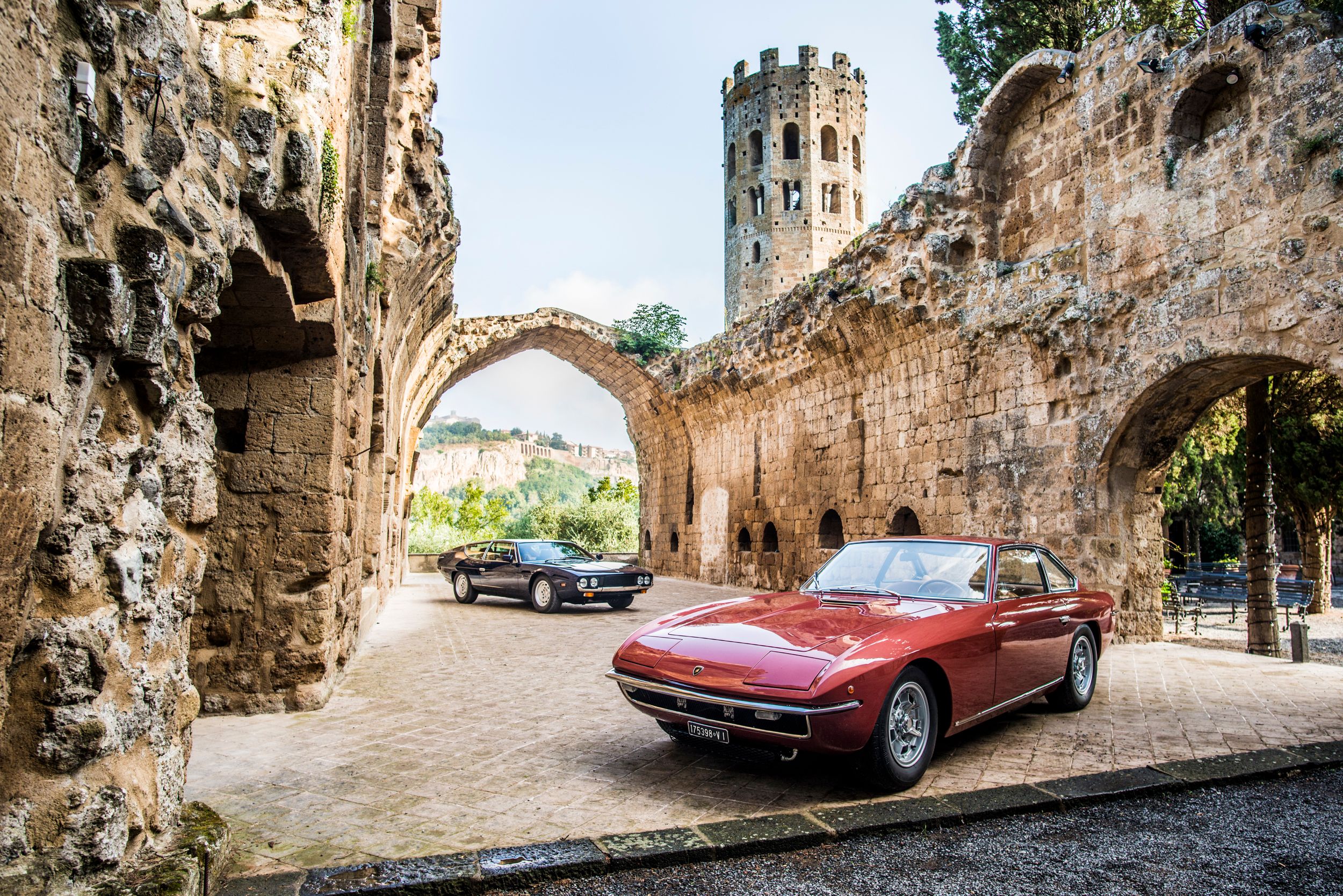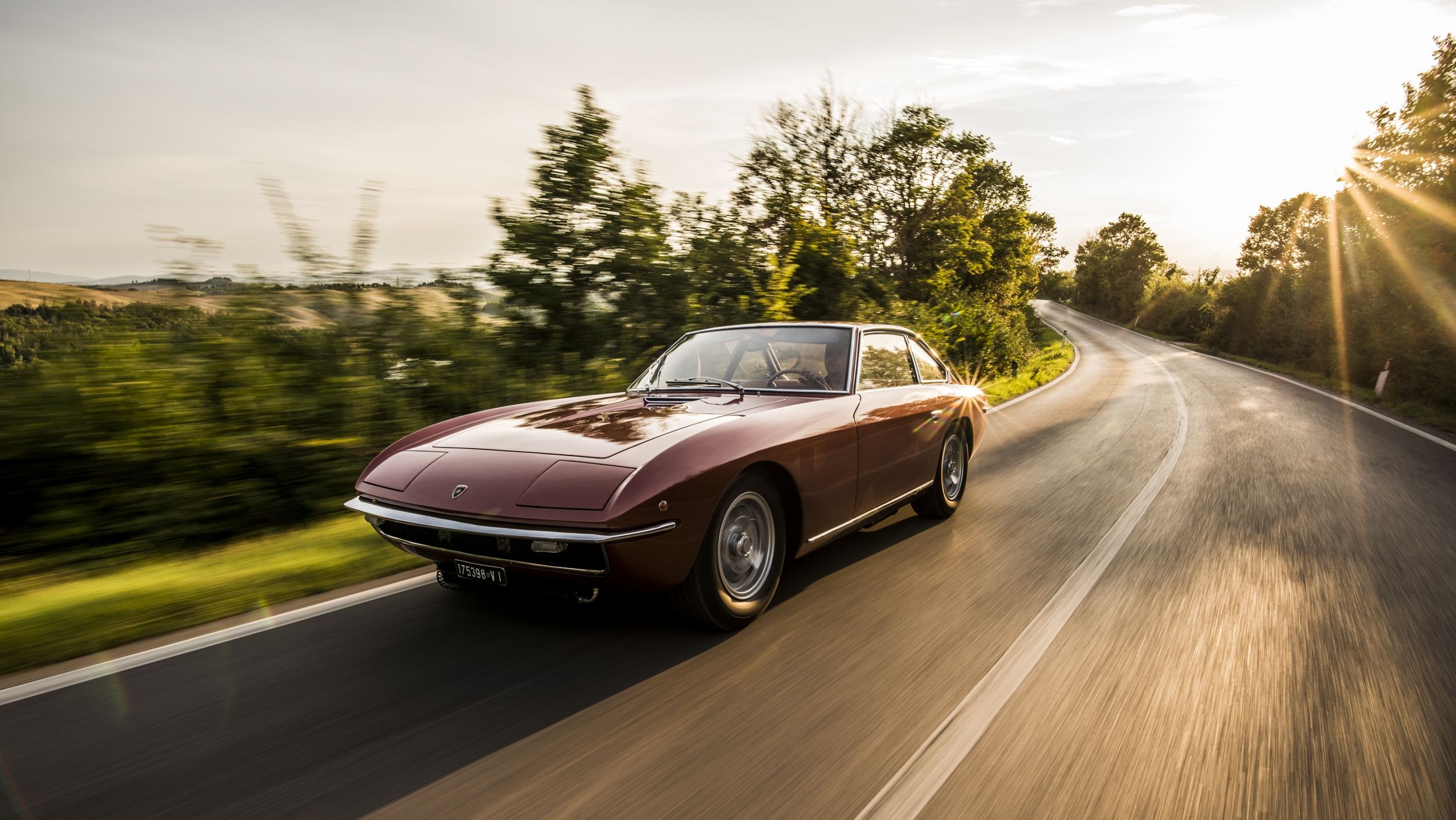The Islero was the first Lamborghini with hidden pop-up headlights and the first designed by Mario Marazzi. Its appearance seemed somewhat dull even next to the Espada, not to mention the Miura. The 400 GT version was quickly followed by the improved 400 GTS that soldiered on until 1970 when the Islero was replaced by the Jarama.
Lamborghini was truly prolific in its first few years as an automaker. Ferruccio Lamborghini's men put the 350 GT into production in 1964 and then, only two years later, the bigger, more powerful 400 GT arrived. At the same time, the stunning Gandini-penned Miura dropped and, for 1968, Lamborghini readied up two new cars: the Islero which replaced the 400 GT and an even bigger grand tourer, the Espada. Lamborghini's wave didn't last much longer, though, and, by the mid-'70s, the company was in financial hot water.
The Islero name comes from a Miura-breed bull that killed the famous matador Manuel Rodriquez in August of 1947.
1968 - 1970 Lamborghini Islero
- Make: Array
- Model: 1968 - 1970 Lamborghini Islero
- [do not use] Vehicle Model: Array
1968 Lamborghini Islero Exterior
The Lamborghini Islero was launched over five decades ago at the 1968 edition of the Geneva Auto Show. It had previously been shown to the media in February of that same year and, at Geneva, it shared the Lamborghini stand with another new model, the Gandini-styled Espada, and the Miura S. While the Espada was praised for its low-slung, aggressive and narrow front fascia coupled with the curved rear end, the Islero was quickly overlooked. It came with proper pop-up headlights and a design that, while inspired by the 400 GT, was modern and elegant in its simplicity.
The main problem with the Islero GT, though, wasn't the styling, which was also praised by Ferruccio as one that best "exemplifies his vision for the marque, more than any other model," but the general build quality. Marazzi was a new company and their quality control sector was lackluster at best. Still, what remains is the fact that only 100 Islero GTs were built before the company focused on the GTS version that wasn't much more successful with 125 built until 1970.
Up front, you'll notice the main rectangular air inlet with its chrome frame. Inboard, there are two white indicators and two fog lights hidden behind the mesh grille. Below the main inlet, there are two more oval holes in the lower bumper, on either side of the radiator that extends below the edge of the bumper. The bumper itself is thin and wraps itself around the nose of the Islero, following a tunnel carved into the bodywork.
A minute difference between the Islero GT and the GTS are the side indicators before the front wheels which are teardrop-shaped on the GT and round on the GTS. Also, the GTS has flared wheel arches to host the bigger tires. The Islero actually has a wider track than the 400 GT. The hood of the car features a horizontal scoop that's bigger on the GTS than on the GT and it directs air into the cabin, not the engine bay as you may expect.
While the Islero prototype used for early road testing had multi-spoked Borranis, the production model featured the same magnesium Campagnolo-built rims like the Miura and the Series 1 Espada.
1968 Lamborghini Islero Dimensions
|
Wheelbase |
100.22 inches |
|
Length |
177.83 inches |
|
Width |
67.99 inches |
|
Height |
49.91 inches |
1968 Lamborghini Islero Interior
The 350 GT and the 400 GT were both well-established grand tourers that offered above-average power and driveability while the Carrozzeria Touring craftsmanship was well-known for its quality, at least considering the standards of the '60s.
The classic wood-rimmed steering wheel was still there although the gauges were reorganized with the tachometer on the left and the odometer - that went all the way to 168 mph - on the right. There were five other smaller dials, two on the sides of the big and important ones and one in the upper side of the gauge cluster, in the middle. This last one informs you about your oil pressure.
The car came with air conditioning as standard equipment and the vents were crudely placed on the passenger's side like a household radiator that was glued to the dash in place of the glove box. Later on, the GTS fixed this aesthetic misdemeanor by placing the same vents on top of the dash with the glove box below it. Also, a chromed S (like on the Miura) was placed on the leather-wrapped glove box. In fact, the entirety of the dash and center console were wrapped in leather, as well as the bucket seats up front and the rear bench.
1968 Lamborghini Islero Drivetrain
The Islero is similar in its drivetrain to the 400 GT. It sports the same aluminum 4.0-liter V-12. The engine has a compression ratio of 10.5:1 and is fed by six twin-choke Weber 40 DCOE carburetors. Officially, it develops 325 horsepower at 7,000 rpm and 276.6 pound-feet of torque at 4,500 rpm.
The chassis is archaic with square and rectangular steel tubes for the floor and tubular one for the rest of the structure. The suspension is modern for those days being all-independent with double wishbones, coil springs, Armstrong shock absorbers, and anti-roll bars. Steering is ZF with worm and roller and brakes are from Girling with twin Girling vacuum servos.
1968 Lamborghini Islero Specifications (GT)
|
Engine |
DOHC, naturally-aspirated, 60-degree, 24-valve, 4.0-liter V-12 engine with an aluminum block |
|
Compression ratio |
10.5:1 |
|
Fuel feed |
Electric Bendix fuel pump, 6 twin-barrel Weber 40 DCOE 20 carburetors |
|
Output |
320 horsepower at 7,000 rpm |
|
Torque |
276.6 pound-feet of torque at 4,500 rpm |
|
Top speed |
155-160 mph |
|
0 to 60 mph |
7 seconds |
|
Gearbox |
Lamborghini 5-speed manual, all-snychromesh |
|
Suspension |
All-independent with double wishbones front and rear, coil springs, Armstrong shock absorbers, and anti-roll bars |
|
Steering |
ZF worm and roller |
|
Brakes |
Girling disc brakes all around with twin Girling vacuum servos |
|
Weight |
2,734 pounds |
1968 Lamborghini Islero Pricing
The Isleros, plagued by the bad reputation gained by the poorly-made early examples, aren't auction heavy-hitters despite their rarity. All in all, just 225 Isleros were ever made and, obviously, not all have survived the 20th century. The original MSRP for one hovered around $18,000 to $20,000 which, accounting for inflation, is between $123,153-$136,837.
Nowadays, an Islero sells for about $300,000 to $400,000. That's a lot of money, undoubtedly, but it's still less than a Miura or even a 350 GT. For instance, in 2015, a 350 GT sold for $935,000 while an Islero S fetched just $401,000, less than half. I guess not many people know about the Islero or, if they do, they factor in its tainted history and decide against bidding big on such models, in spite of their scarcity.
1968 Lamborghini Islero Competition
1967-1971 Ferrari 365 GT 2+2
The 365 GT 2+2 is a classic grand tourer by the House of Maranello. It sports the venerable 4.4-liter Colombo V-12 with all of its 318 horsepower thanks to an 8.8:1 compression ratio. The increased displacement (compared to the 250 GT models) meant that peak horsepower was achieved lower in the rev range, at just 6,600 rpm. Max torque was 308 pound-feet at 5,000 rpm while the top speed was 152 mph, lower than that of the Islero but the 365 was also 500 pounds heavier at 3,236 pounds.
The 365 GT 2+2 was designed by Pininfarina and first appeared in front of the grand public at the 1967 Paris Auto Show. It was one of the biggest grand tourers made by Ferrari up to that point and proved popular with Ferrari's customers and 800 were built until 1971. A 365 GT 2+2 is a rather affordable '60s Ferrari with models trading hands for somewhere between $250,000 and $320,000.
Read our full review on the Ferrari 365 GT 2+2.
Iso Lele
The Iso Rivolta Lele is a 2+2 grand tourer built by Iso between 1969 and 1974. Designed by Marcello Gandini for Bertone, the Lele sold 285 units in its five-year lifespan. It was first powered by a 5.4-liter V-8 Chevrolet engine that was later replaced by a 5.7-liter V-8 Ford unit.
The Chevrolet-sourced engine put out 300 horsepower while the beefier Ford one added an extra 50 horsepower in 1972. The change was made because GM required Iso to pay for the engines in advance which they denied. This also saw a switch from the Chevrolet automatic transmission to a Ford one to match the Cleveland V-8. The ZF 5-speed manual remained the same as before.
The Lele, which died at once with the manufacturer, was named in honor of Piero Rivolta's wife, Lele Rivolta. Piero was the son of Iso Rivolta's founder, Renzo Rivolta.
Conclusion
The Lamborghini Islero is yet another forgotten front-engined Lamborghini before the factory irreversibly turned its attention to mid-engined supercars in the late '70s. Clearly, the Islero deserves more love than it gets and that's because it's a nice-looking grand tourer capable of great speeds (for the late '60s) and one that's also very rare.
Sadly, not even the Islero S, a mostly sorted car, doesn't' receive enough praise because everybody is too busy drooling over a Miura's eyelashes or over some early Espada. However, you never know when the market shifts and people start really appreciating the Isleros.
Further reading
Read our full review on the 1968-1978 Lamborghini Espada
Read our full review on the 1966-1969 Lamborghini Miura.
Read our full review on the 1970 - 1976 Lamborghini Jarama.
Read our full review on the 1966 - 1968 Lamborghini 400GT.


